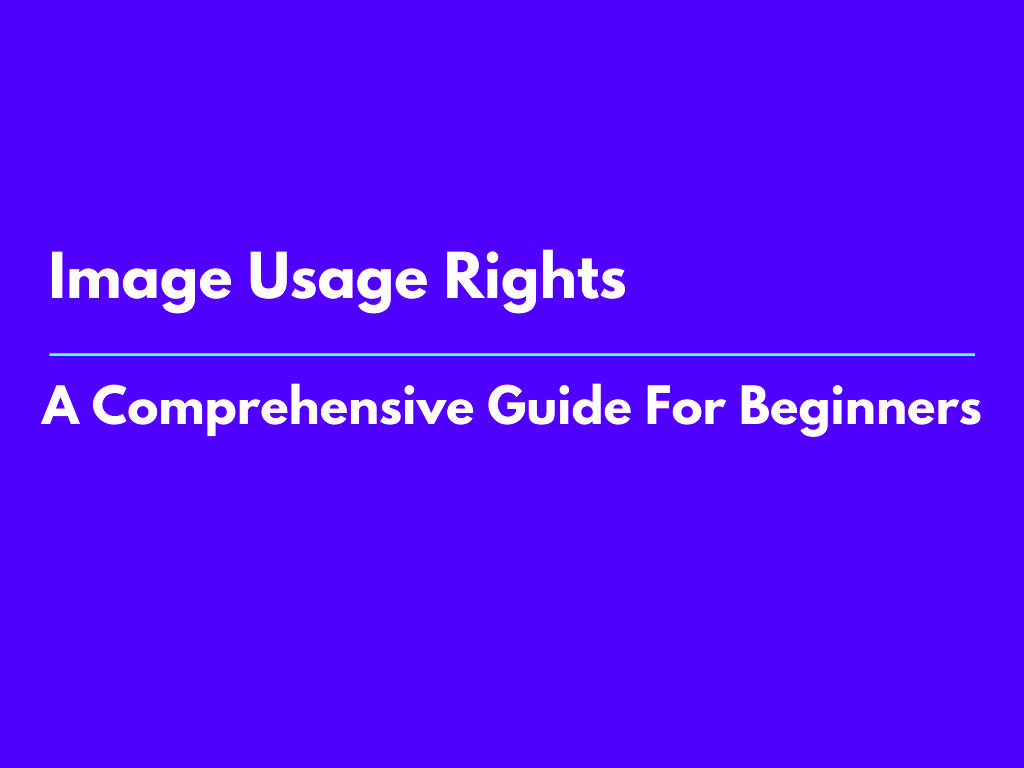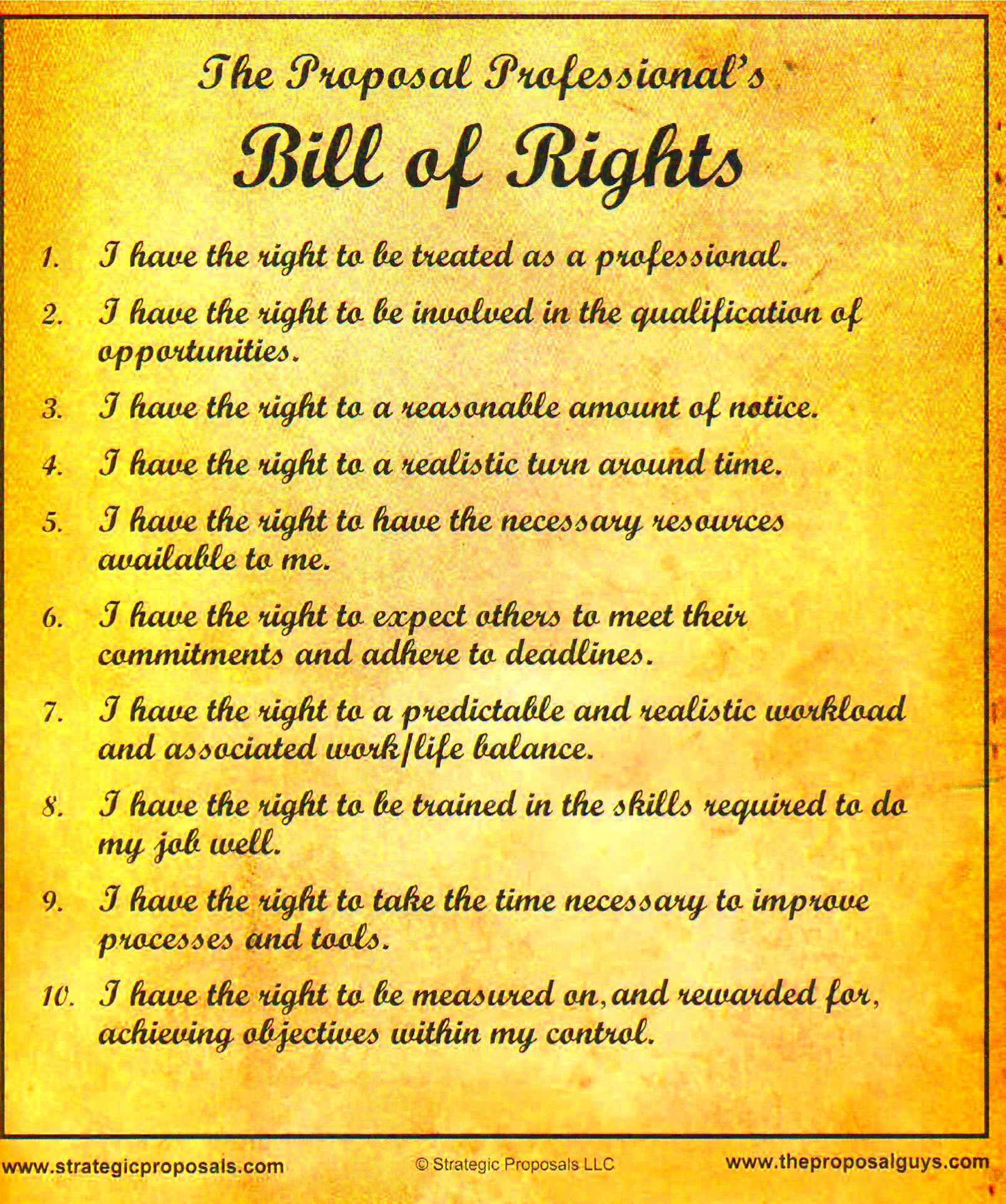Its very important to know your rights when it comes to image usage as it can be complex in the USA due to different laws involved. If you are a content producer, business person or just an occasional user of
images, knowing what is allowed and what isn’t with regards to them is important in order to elude legal problems.This guide will go a long way in helping users understand the place of various laws on the use of pictures and hence will enable them avoid getting into various troubles associated with such things.
Types of Image Rights

Different types of image rights exist, and they have different uses. The key types are as follows:
- Copyright: This protects original works of authorship, including photographs and illustrations.
- Trademarks: Images used as brand identifiers can be trademarked, protecting the brand's visual representation.
- Right of Publicity: This grants individuals control over how their likeness is used commercially.
- Moral Rights: These protect the personal and reputational value of a creator’s work.
The correct permissions you might need when using somebody else’s
images could be determined by understanding these kinds.
Copyright Basics for Images
To fully understand image rights, one must first comprehend the legal basis of copyright. The following points provide some tips about what you should know about this:
- Automatic Protection: As soon as an image is created and fixed in a tangible form, it is automatically protected by copyright.
- Duration: Copyright typically lasts for the life of the creator plus 70 years.
- Registration: While not required, registering an image can enhance legal protection and make it easier to enforce rights.
- Exclusive Rights: The copyright holder has exclusive rights to reproduce, distribute, and display the image.
There are grave results of infringing copyright including being sued among many others. It is always good practice to get consent before using any photo subject to copyright laws or alternatively make use of public domain pictures and those provided with a Creative Commons license.
Fair Use and Its Limitations
Law of copyright highly depends onfair use, which is a vital principle that permits limited use of copyrighted material without the need to ask for an authorisation from the owner of the rights.It is not blanket permission but rather specific conditions that must be understood with fair use. This may help teachers, researchers, and critics who need to include pictures in their work. Nevertheless, let us delve into the details because it’s not as simple as it seems.According to common evaluation, fair use usually relies on four main aspects:
- The Purpose of Use: Non-commercial or educational purposes are more likely to be considered fair use.
- The Nature of the Copyrighted Work: Using factual works is more likely to be fair use than using fictional works.
- The Amount Used: Using a small portion of the work may favor fair use, while using the entire work usually does not.
- The Effect on the Market: If your use harms the market for the original work, it’s less likely to be fair use.
Keep in mind every instance must be treated individually because fair use is not universal for everybody. When in doubt contact your attorney or ask for authorization from the holder of copyright so as to avoid future problems.
How to Obtain Image Rights Legally
It’s very important for those who want to use visuals in their work without getting into trouble to legally obtain image permissions. This is a simple way of doing it:
- Identify the Image Source: Determine where the image comes from and who owns the copyright.
- Seek Permission: Contact the copyright holder to request permission to use the image. Be clear about how you plan to use it.
- Check Licensing Agreements: Some images come with licensing agreements that specify how they can be used, including costs and restrictions.
- Consider Alternatives: Look for images that are in the public domain or under Creative Commons licenses, which often allow for easier use.
- Keep Documentation: Always document any permissions you receive, as this can protect you in case of disputes.
Thus, you can ensure legal and ethical use of
images, which will protect you from probable legal problems.
Using Images from Stock Photo Websites
There are different reasons why one may want to use stock photo sites. They can be used when wanting to start a blog, create marketing content or even for personal use. However, it is important that these sites are utilized properly in order to avoid any form of infringement. To help you with this, here are some things that you should note:Different licensing agreements apply to
images provided by several stock photo websites:
| License Type | Description |
|---|
| Royalty-Free | You pay once and can use the image multiple times without additional fees. |
| Rights-Managed | Usage is limited to specific parameters like duration, geographic location, and purpose. Fees vary based on usage. |
| Creative Commons | Images are free to use but may require attribution. Check the specific license for conditions. |
Always read the licensing agreement carefully when you use stock
images. This guarantees that you respect the rights of the creator and that you use the
images appropriately. Besides, even when it’s not required, it’s a good practice to credit the photographer. With these things in mind, you can be sure to use stock photos in your projects confidently.
Consequences of Infringing Image Rights
To use an image without permission may have huge implications thus it is important to know what’s at stake when embarking on such a path. For example, if you simply want to improve your project, infringing on someone else’s photo rights might not look bad but nevertheless bear serious consequences. The following is a summary of some possible outcomes that can result from these actions.Below are a few usual results of abusing image privileges:
- Legal Action: Copyright owners have the right to sue for unauthorized use, which can lead to costly legal battles.
- Monetary Damages: If found guilty of infringement, you may have to pay hefty fines or damages, which can add up quickly.
- Cease and Desist Orders: You may receive a formal request to stop using the image, requiring immediate removal and potentially affecting your reputation.
- Loss of Credibility: Using images without permission can damage your professional reputation, leading to loss of trust from clients and peers.
- Withdrawal of Content: Websites and platforms may remove your content if it violates copyright, impacting your online presence.
To prevent these repercussions, always make sure you possess appropriate permissions for any photos utilized in your project. As far as using images is concerned, prevention is better than cure!
Best Practices for Image Usage
The responsibility of proper use of images is crucial in evading legal problems as well as building a trustworthy reputation. Following the best practices for image usage will allow you to respect copyright laws while making your projects better. Here are some practical suggestions to bear in mind:
- Always Check Licensing: Before using an image, verify its licensing agreement. This will help you understand what is allowed and what isn’t.
- Obtain Permission: If you’re unsure about the usage rights, don’t hesitate to ask the copyright holder for permission.
- Attribution: When required, give proper credit to the image creator. This shows respect for their work and can foster goodwill.
- Use Public Domain Images: Images in the public domain can be used freely. Look for reliable sources to find these images.
- Maintain Documentation: Keep records of any permissions and licenses you acquire. This can protect you in case of disputes.
In this way, you will minimize any possible legal complications that might arise regarding the use of images. Also, the above-mentioned conduct eventually make sure ethical and sensible use of picture when maintaining your work routine.
FAQs about Image Rights in the USA
The issue of image rights can often be complicated but dealing with some of the standard inquiries may make it clearer. Examples of the most common questions about image rights in America:
What is copyright?
- Copyright is a legal protection that grants the creator of original works exclusive rights to use and distribute their creations.
What does fair use mean?
- Fair use allows limited use of copyrighted material without permission under specific conditions, primarily for purposes like criticism, commentary, or education.
How can I use someone else's image legally?
- To use someone else’s image legally, you must obtain permission from the copyright holder or ensure that the image is available under a suitable license.
What happens if I use an image without permission?
- Using an image without permission can lead to legal action, fines, and damage to your reputation, among other consequences.
Are stock images safe to use?
- Yes, stock images are generally safe to use as long as you adhere to the licensing terms outlined by the stock photo provider.
A smart option is to ask a legal practitioner for help if you have any doubts about picture rights or particular cases in order to make sure that you are following the right procedures.
 Different types of image rights exist, and they have different uses. The key types are as follows:
Different types of image rights exist, and they have different uses. The key types are as follows:
 admin
admin








